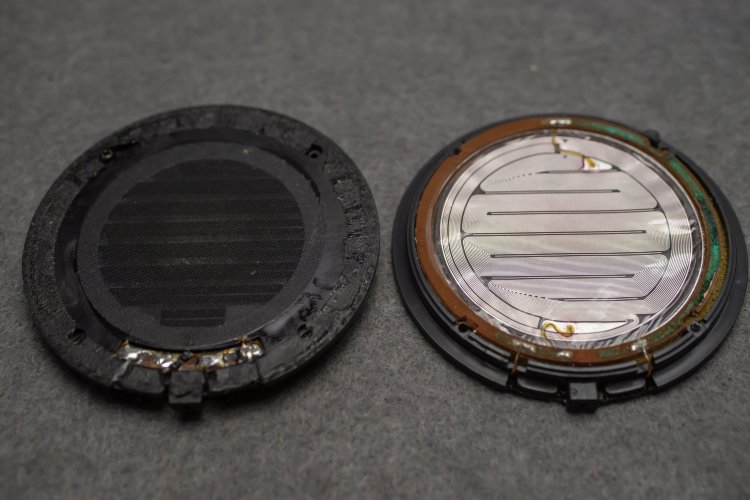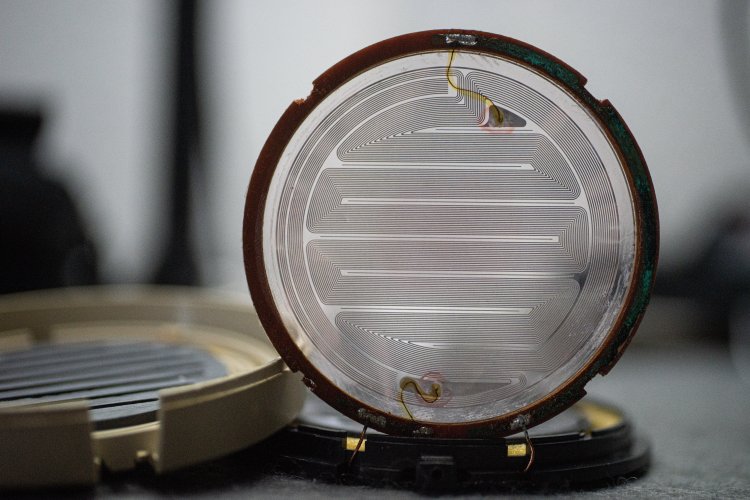nick n
Headphoneus Supremus
- Joined
- Feb 3, 2011
- Posts
- 5,369
- Likes
- 1,994
^ even so i would still be curious to see them especially since very little is around for this older Russian stuff.
What a great idea to plug up those holes I never thought of it.
By the way how did you get those pads to look so good? Are they aftermarket ( toying with that idea here )
Inner foam had turned to gunk in mine so sliced open from the rears and added some thin foam. Might have to do it again properly.
One last thing . I might be delusional but do you find after a brief period of "warming up" so to speak that these sound a bit better, I could be simply hearing things.
What a great idea to plug up those holes I never thought of it.
By the way how did you get those pads to look so good? Are they aftermarket ( toying with that idea here )
Inner foam had turned to gunk in mine so sliced open from the rears and added some thin foam. Might have to do it again properly.
One last thing . I might be delusional but do you find after a brief period of "warming up" so to speak that these sound a bit better, I could be simply hearing things.






















